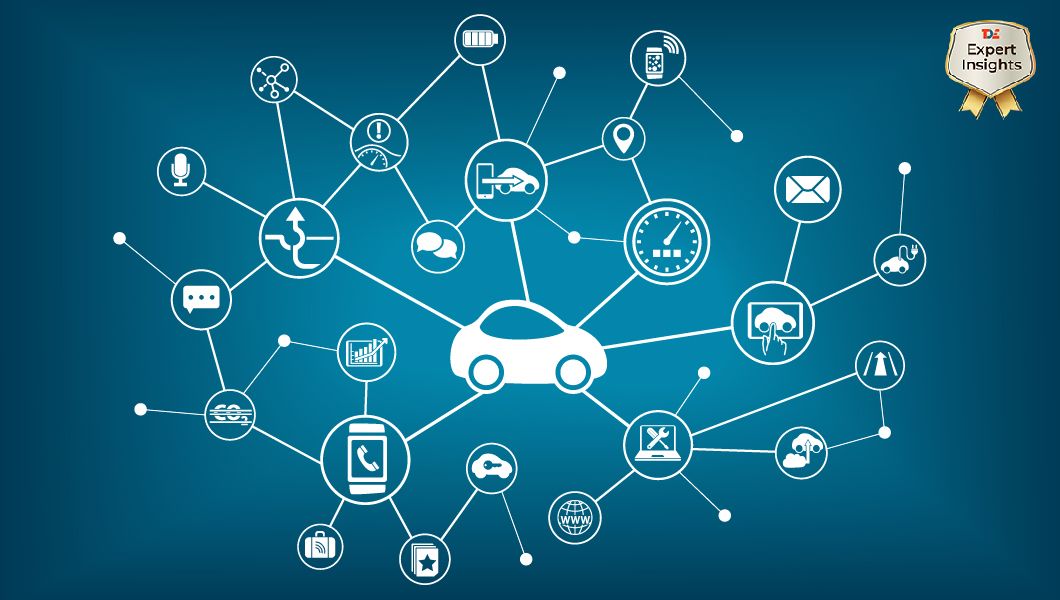Eight Reasons Additive Manufacturing Is Good For The Planet

With the growing concerns over climate change and the corresponding need for a sustainability, Joanne Moretti, Founder and CEO at JCurve Digital, uncovers the benefits of additive manufacturing and elaborates on the top 8 reasons why this technology is ideal for a 'green' future
April 22nd, 2019 marked a special day this year - it was the day we celebrated Earth Day 2019. With sustainability being a top priority of many corporate executives, I realized that by "digitizing" part or all of the manufacturing process and leveraging technologies like 3D Printing, manufacturers can, in fact, help the environment, especially as compared to traditional manufacturing methods.
As such, I decided to team up with one of the coolest 3D Printing start-ups on the planet, Essentium, to compile a list of reasons why it's time to take look at Additive Manufacturing as an alternative to traditional processes.
Enjoy, and help yourself to any or all of these pointers to help you build a case for 3D Printing in your production processes
- IT'S ADDITIVE, NOT SUBTRACTIVE
This may be an over simplification yes, but it is an undeniable truth. Additive manufacturing adds the material needed to make a part. Many traditional manufacturing methods, like CNC machining, are subtractive, starting with a solid piece of material and removing (or subtracting) material to make a tool or part. With additive manufacturing, only the material used in the part is used in the manufacturing process. That means less waste finding its way into landfills or recycling. - SHIP DATA, NOT PARTS
Additive manufacturing is a digital process, starting with a CAD (Computer Aided Design) file that can then be sent to a printer anywhere in the world to be produced. The idea that parts can be made closer to the point of consumption is attractive economically, as well as reducing the carbon footprint of moving large numbers of parts and product around the world. As a digital process, additive manufacturing fits exceptionally well into any smart factory or industry 4.0 ecosystem, and in many ways, it is the poster child for the digital transformation of manufacturing. - LIGHTER VEHICLES USE LESS FUEL
One joy of additive manufacturing is the way it can create new design opportunities. This design freedom can, and often does, allow lighter parts to be designed with similar mechanical form factors and strength. Auto makers, much like aviation companies, are looking to additive manufacturing to help reduce the weight of vehicles, improving performance, and reducing fuel consumption without compromising reliability or longevity. - LESS SPARES INVENTORY
When a product is made, spare parts are made to maintain that product in the market. These are then stored around the world in various locations to ensure they can be quickly deployed when they are needed. This means a huge inventory of spare parts is manufactured that may never be used and may eventually have to be disposed of, often in a landfill, or recycled. In an additive manufacturing utopia those parts are manufactured from CAD files only when they are needed. This model also allows the oldest legacy products to be supported even longer, resulting in longer product lives, less consumption, and less scrap.Imagine a world where rather than searching for a spare part for your classic car, you can download that file from the Internet and have the part made locally on a shared 3D printing resource at Office World or the like. - SHORTER SUPPLY CHAINS
Deploying 3D printers in areas of consumption will undoubtedly shorten supply chains. What’s more, redesigning assemblies that would have been multiple parts from multiple vendors can reduce the vendor list and, of course, the impact and cost of transportation. The supply chain cost to the planet is significant with an alarming amount of product travelling the world’s oceans and skies at any given time. Anything that can reduce the number of supply chain miles used to make and deliver a product is both lean and green. - LESS HARD TOOLING
Tooling is expensive and cumbersome, and it is often produced thousands of miles from production. Additive manufacturing lends itself ideally to producing cheaper tools, quicker and closer to the point of use. The benefits are obvious, not just in cost, but in wasted material, since many tools are made using subtractive processes like CNC machining. Tooling of this nature may also shorten time to market for a product and allow multiple iterations to occur more quickly than with traditional methods. - MANUFACTURING ON DEMAND
Much of manufacturing is done for stock or to meet projections and the result can be goods produced and never used, or, when a newer product is released, older stock becoming redundant. With additive manufacturing, just-in-time is much simpler, particularly in the instance of a new product release with unpredictable market demand. As additive economics change through the development of new equipment and materials, the opportunity to make at speed and scale allows brands to manufacture to order or on-demand until product demand is more predictable.Another benefit of manufacturing on demand is the ability to make each version unique, or to have a more fluid development from one version to the next. A new feature can simply be added to the CAD file and the new version is introduced almost seamlessly. Some predict this will change the way product versions are currently launched, moving to a more organic approach, rather than the step-by-step iterations we’re used to. This opens the doors to mass customization, considered the holy grail by many brands in a society that craves instant gratification. - LOWER EMISSIONS THAN OLD MANUFACTURING METHODS
The first industrial revolution was all about coal and fossil fuels producing energy. As we moved through the second and third industrial revolutions we have been able to make manufacturing cleaner and greener. Manufacturers now look at energy consumption and emissions when choosing manufacturing methods and tools. In the age of data, we are moving to much cleaner, low-emission methods of manufacturing and additive manufacturing is at the vanguard of that evolution.FASTER, CHEAPER, CLEANER, BETTER...


 By
By 








